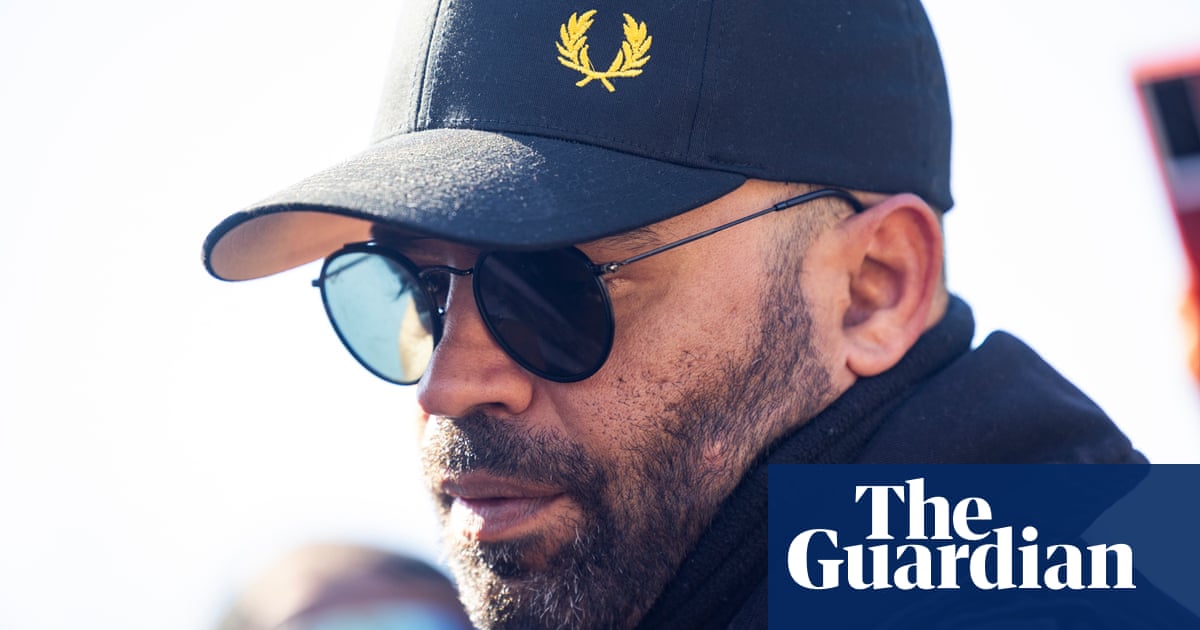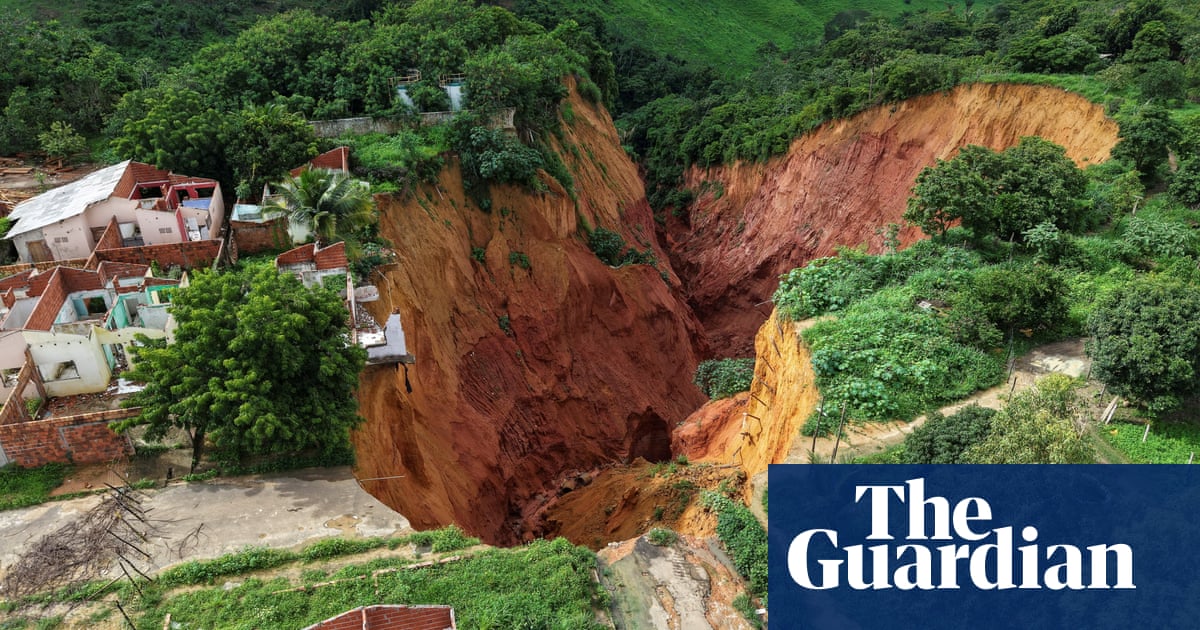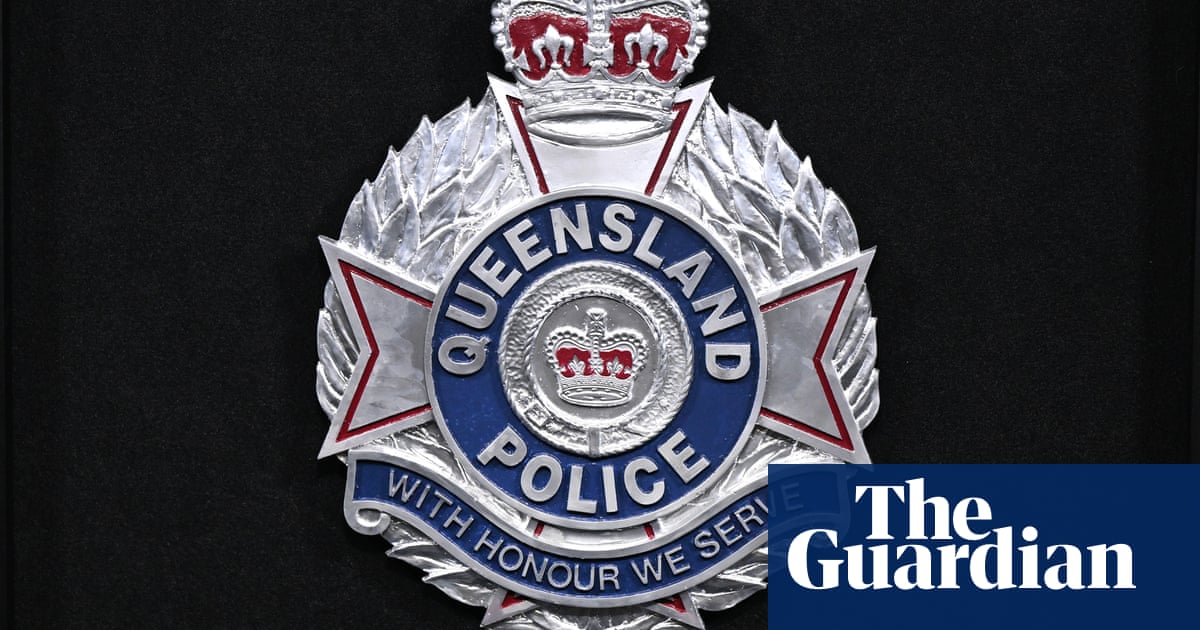Philadelphia is where the Russian flag was twice stolen from the Benjamin Franklin Parkway, as Ukrainian American activists demanded it be permanently removed from the boulevard’s iconic rows of banners.
It’s where local Ukrainians petitioned the city government to end its sister-city relationship with a Russian town, saying the tie lent legitimacy to a murderous Moscow regime.
Now President Donald Trump has tilted toward Russia, blaming Ukraine for a war that began with a 2022 Russian invasion, has killed 43,000 Ukrainian soldiers, wrecked cities and towns, and prompted the largest refugee crisis since World War II, with nearly 7 million people forced to flee Ukraine.
Many Ukrainian Americans in the Philadelphia region — home to one of the nation’s largest Ukrainian populations — have been left staggered and wondering what’s next.
“To see an American president betray Ukraine like this is really beyond words,” said Mary Kalyna, fighting tears as she described her disbelief. “Any Ukrainian American who voted for Trump, or decided not to vote, should really prostrate themselves before our ancestors.”
Now Kalyna, a leader among local Ukrainian Americans, and many others are trying to decide the best ways to go forward, to determine what this turn means for Ukraine and how they can help the embattled nation. Rallies planned around the country this weekend to mark the three-year anniversary of the invasion now take on new hue.
The Ukrainian Educational and Cultural Center in Jenkintown is organizing buses to travel to the big Saturday gathering at the Lincoln Memorial in Washington, while a rally and march at the Philadelphia Museum of Art are set for 2 p.m. Sunday.
The Ukrainian Center also plans to mark the anniversary of the invasion by welcoming all to a Monday evening ceremony honoring Ukraine’s defenders.
The Philadelphia region has been a main resettlement area for people fleeing the war, because of the vitality of a Ukrainian community that is tens of thousands strong. It has shipped everything from medicine to sleeping bags to baby bottles to Ukraine to support the war effort and the civilians there.
“It’s really, really difficult for us,” said Iryna Mazur, the honorary consul of Ukraine to Philadelphia, who has worked countless hours for the Ukrainian cause. Trump “needs to set his facts straight,” she said.
“Ukraine did not ask to be killed, raped. We did not want this war. But peace on the terms that are offered right now is not peace, it’s capitulation. We cannot capitulate in front of [Russian President Vladimir] Putin.”
Calls of support for Ukraine
Mazur, organizer of the Philadelphia rally and co-organizer of the event in Washington, said she has received repeated calls from Americans who are not Ukrainian but are upset and worried about the future of Ukraine.
“That gives me a lot of hope,” she said.
“It’s a very critical time right now,” Mazur said. “We want peace, but this peace must be just, it must be fair, and the voices of the American people must be clear and be delivered to the White House.”
She urged people to call their elected representatives — and to tag Trump on social media posts. And she encouraged ordinary Philadelphians to come out on Sunday and support Ukraine.
This week, Trump falsely accused Ukraine of starting the war and repeated talking points of the Russian president, saying it was time for an election in Ukraine because “this could have been settled very easily.”
“You should have never started it. You could have made a deal,” Trump said, claiming he could have worked out an agreement for Ukraine “that would have given them almost all of the land, everything, almost all of the land — and no people would have been killed, and no city would have been demolished.”
Ukrainian President Volodymyr Zelensky, cut out of the Trump administration’s talks with Russia, responded that Trump “unfortunately lives in this disinformation space,” allowing Putin to appear as a victim in the war.
Trump called Zelensky a dictator.
“Totally misinformed,” said Roman Andryczyk, a retired U.S. Army colonel who is a leader in the local Ukrainian community, describing Trump’s statements. “His comments are totally erroneous. The U.S. is a beacon of freedom and should set an example.”
Other nations at risk?
Andryczyk said he feared a U.S. pivot toward Russia could put additional allied nations at risk, including in Asia and Southeast Asia.
“We must stand for democracy,” he said. “Ukraine is an important strategic partner of the U.S. and assists the U.S. in maintaining peace and stability in the area and the rest of the world.”
American support for Ukraine became an increasingly partisan issue during the presidential campaign, with Trump insisting that the war was costing the United States too much money. His running mate, Vice President JD Vance, called on the Ukrainian government to make concessions to Moscow to end the war.
On Wednesday, Trump repeated a claim that the United States has spent $350 billion on the war, which fact-checking by the Voice of America showed was untrue.
Since Russia invaded in February 2022, Congress has appropriated about $183 billion for Ukraine, according to the interagency oversight group that presents reports to Congress. That money includes $65.9 billion in military assistance to defeat what the Biden administration called a “premeditated, unprovoked, and brutal full-scale invasion.”
At the start of the war, Philadelphia and its surrounding suburban counties were home to about 15,000 Ukrainian immigrants and 52,000 people of Ukrainian ancestry, part of an ethnic connection that today stands a million strong across America. Philadelphia became an epicenter of pro-Ukraine activism and assistance, though in the months after the war began people here could not persuade local authorities to take down the Russian flag or cut sister-city ties.
Ukrainians immigrated to the United States in several distinct waves, starting about 1870, when poor farmers, many of them formerly enslaved workers in the Austro-Hungarian and Russian empires, were drawn here by the promise of paying jobs. Nearly a quarter million settled in the U.S. eastern farmlands or in anthracite coal-mining towns in Pennsylvania and West Virginia.
In the early 1900s, as many as 250,000 more Ukrainians arrived, working for big steel, glass, and rail manufacturers in industrial cities such as Philadelphia, Baltimore, Cleveland, and Detroit. Ukrainian immigration paused at the start of World War I, then all but stopped after Congress set limits on the numbers of newcomers.
Displaced after World War II
Tens of thousands of displaced Ukrainians came to the U.S. after World War II, helped by Ukrainian American organizations that the immigrants revived and expanded. The Iron Curtain of the Soviet Union then cut off new immigration for four decades. It resumed only with the fall of the Berlin Wall in 1989 and official Ukrainian independence in 1991.
Since the Russian invasion, thousands more have come to the Philadelphia region as people fled violence and destruction, the new local population among an estimated 550,000 Ukrainians allowed into the United States.
That figure includes nearly 200,000 who arrived through the Biden administration’s Uniting for Ukraine initiative, and 350,000 who came outside the sponsorship process, according to the Department of Homeland Security.
Kalyna, who lives in Mount Airy, has helped organize rallies and marches for Ukraine — and helped her Germantown church start a hopeful garden of sunflowers, the national flower of Ukraine. She is scheduled to speak Sunday at the Art Museum.
She has been thinking, she said, about the experiences of her parents and other relatives, their shedding of blood, sweat, and tears to survive World War II and then make new lives in this country.
“It’s shameful what is happening now,” Kalyna said. “The Trump administration is not friendly to Ukraine. They do not see us an ally. They behave as if Russia is the ally. It’s just shameful.”
Article by:Source:













